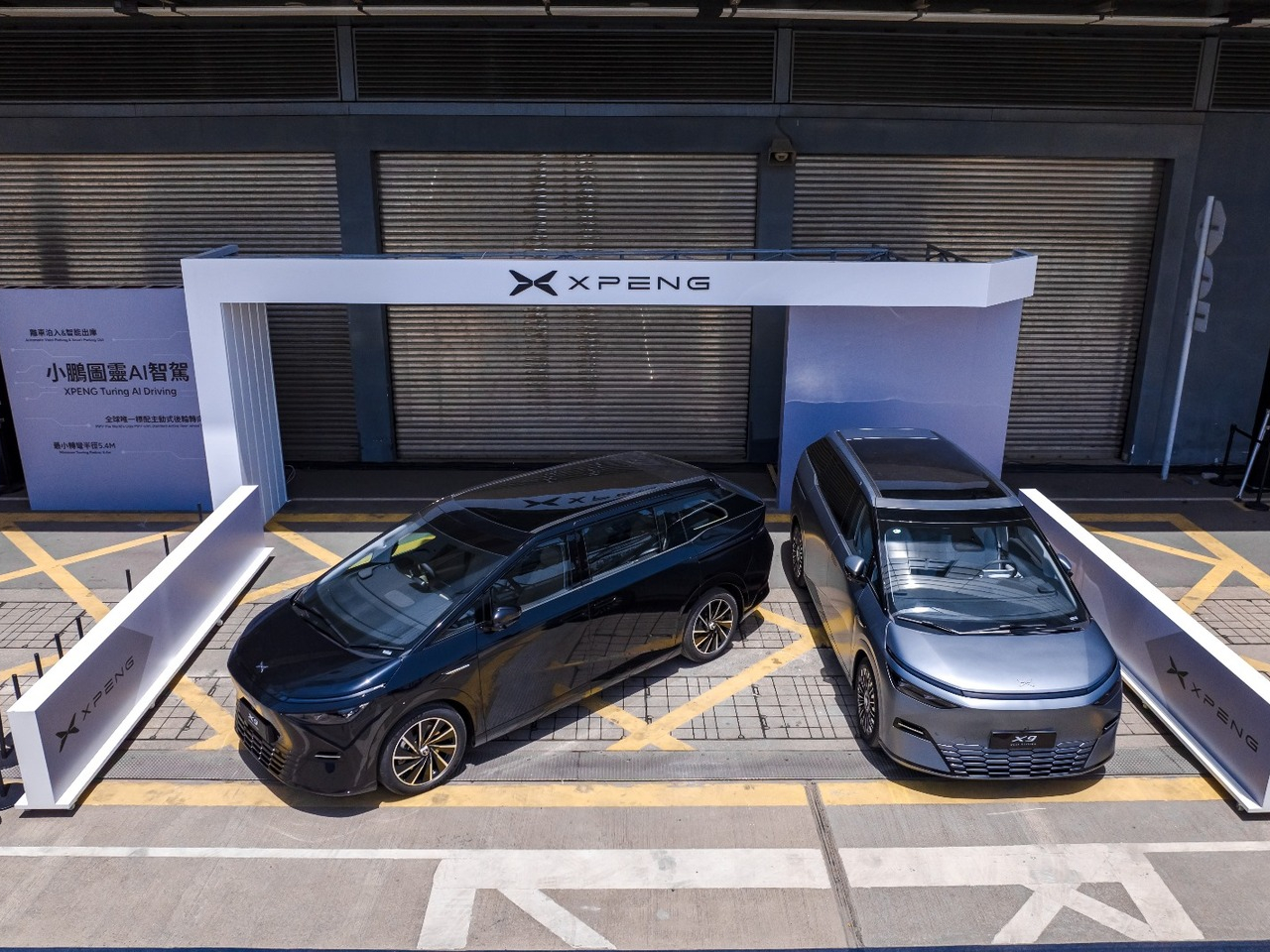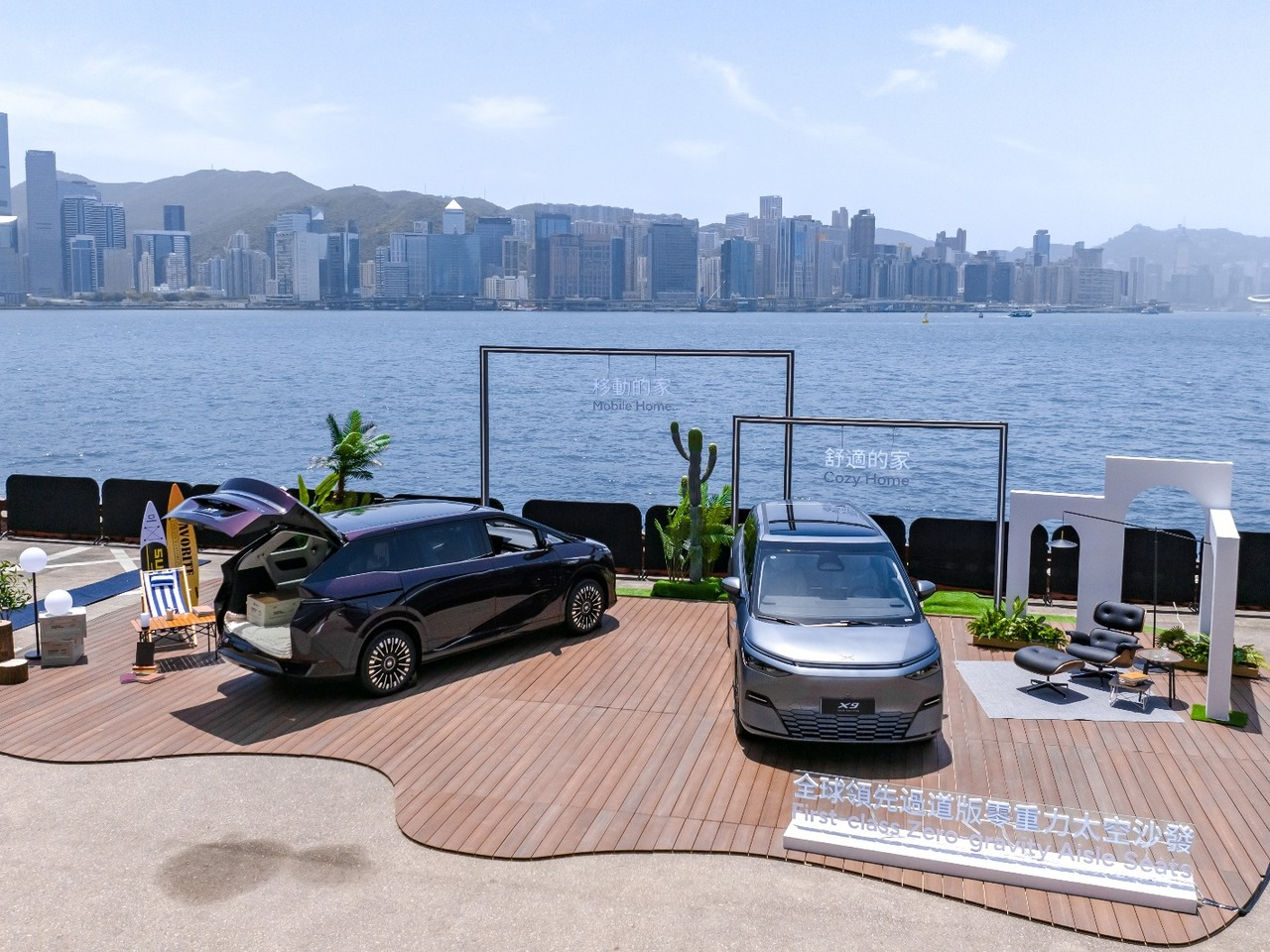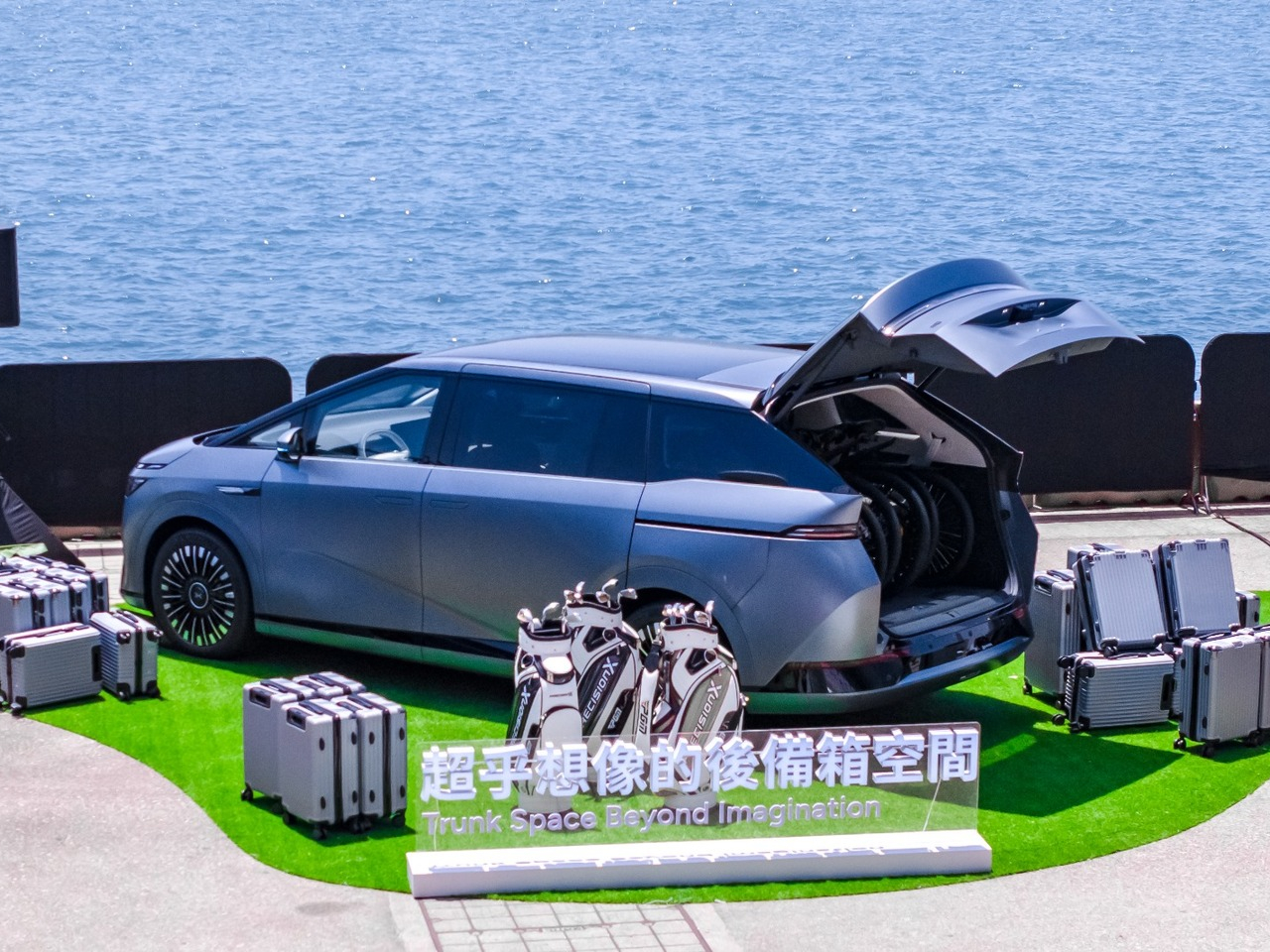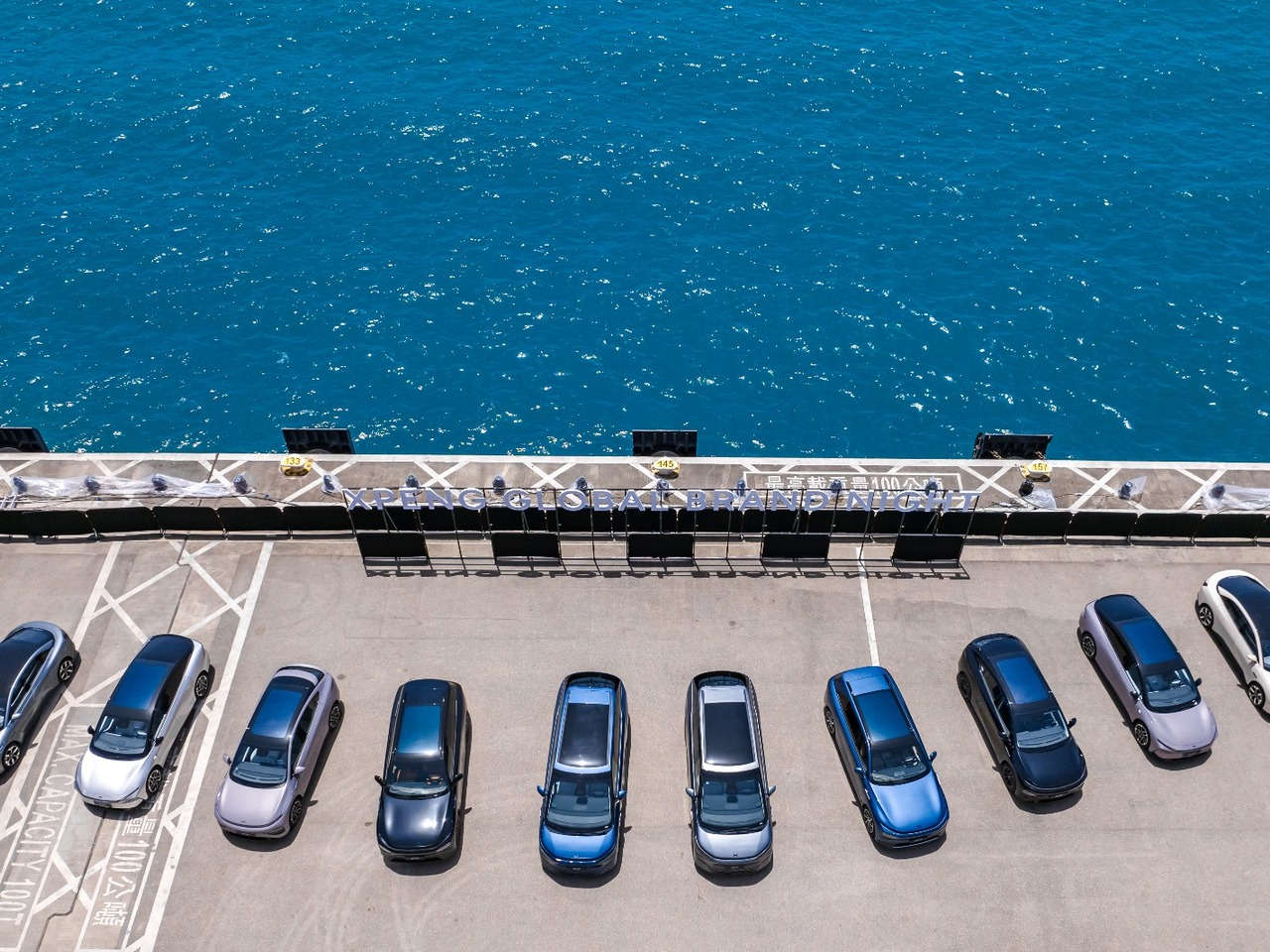2025 Xpeng X9 MPV: A Game-Changer in Design and Technology for European EV Buyers

Table of Contents

Xpeng, a leading Chinese electric vehicle (EV) manufacturer, unveiled its upgraded flagship multi-purpose vehicle (MPV), the X9, at its first global brand event in Hong Kong on April 15. Marketed as an “ultra-smart large seven-seater,” the X9 aims to redefine the MPV segment with its futuristic design, spacious interior, and cutting-edge technological features.
This global brand event also marked a significant moment in Xpeng’s expansion strategy, underscoring the company’s ambitions to strengthen its international presence. While Xpeng, also known as Xiaopeng Motors, already operates in Europe and Australia, this event highlighted both the new model and the company’s broader vision.
Designer: Xpeng
A Tech-Driven Vision for the Future


Xpeng’s co-founder and CEO, He Xiaopeng, shared insights into the company’s evolution and strategic direction during the event. Founded in 2014 and headquartered in Guangzhou, Xpeng is backed by tech giants like Alibaba and Didi. Drawing from his background in the internet industry, he established Xpeng with the vision that the future of transportation lies not only in electrification but also in intelligent, software-driven innovation.
Xpeng aims to lead the transition to connected, autonomous vehicles powered by clean energy, distinguishing itself from traditional automakers that focus primarily on mechanical assembly. The company places a strong emphasis on autonomous driving capabilities, state-of-the-art driver assistance systems, and sleek, tech-forward designs.


China has quickly embraced new energy vehicles (NEVs), supported by strong government incentives, with over half of all automotive sales now being NEVs. Xpeng has capitalized on this trend, making significant strides in the EV market. In 2018, the company launched its first vehicle, the G3 SUV, which featured innovations like automated parking and voice control. The P7 sedan, launched in 2020, became a breakthrough success, surpassing 100,000 units sold, making Xpeng the first Chinese EV manufacturer to achieve this milestone. That same year, Xpeng ventured into international markets, with Norway as its first global destination.
Today, Xpeng operates in over 30 countries and regions, ranking among the top sellers of premium EVs in Europe priced above €40,000. As the company continues to expand, He Xiaopeng noted that 2025 will be a pivotal year, with plans to increase international sales to represent 50% of its total sales over the next decade.
The 2025 X9: A Flagship for the Future


At the heart of Xpeng’s global strategy is the 2025 X9, a seven-seater MPV designed to push the boundaries of both performance and technology. Built on Xpeng’s next-generation Smart Electric Platform Architecture (SEPA 2.0), the X9 blends practicality with high performance and advanced tech features, aiming to set new standards in the MPV category.




The 2025 X9 retains the dimensions of its predecessor, measuring 5,293 mm in length, 1,988 mm in width, 1,785 mm in height, and with a wheelbase of 3,160 mm. However, several key upgrades have been introduced, including a high-voltage 800V platform that supports rapid charging. The base model comes with a 94.8 kWh battery, offering a CLTC (China Light-Duty Vehicle Test Cycle) range of 650 kilometers (approximately 403 miles) and a 5C charging capability, which can charge from 10% to 80% in just 11.7 minutes. Higher-end variants come with a 105 kWh battery, providing a range between 702 kilometers (approximately 437 miles) and 740 kilometers (approximately 459 miles), and supporting 3C charging, which can achieve the same charge in 20 minutes.
A major technological shift in the 2025 X9 is the move from LiDAR to a pure vision-based autonomous driving system. The X9 now features Xpeng’s Turing AI ADAS (Advanced Driver Assistance System) as standard, along with rear-wheel steering, enhancing low-speed maneuverability and contributing to a tight 5.4-meter turning radius.


The exterior design draws inspiration from sci-fi starships, with sleek, aerodynamic contours, and flush windows. Floating wheel hubs, which keep the logo upright even in motion, add a touch of sophistication to the upgraded X9. The 2025 X9 also introduces new exterior colors, including Purple, Galaxy Blue, and Starship Grey, alongside existing shades like Crescent Silver Frost, Midnight Black, and Arctic White.


Inside, the X9 is tailored for both family and executive travel. The cabin features zero-gravity reclining seats, a panoramic glass roof, and a cutting-edge infotainment system. The 2025 X9 also boasts 50W wireless charging for both front and second-row seats, along with ventilation, heating, and massage functions for the first two rows. Three new interior color options are available to suit diverse tastes.




Pricing for the 2025 X9 in mainland China starts at RMB 359,800 (approximately US$50,400), with the range topping out at RMB 419,800 (approximately US$58,800). The lineup includes four variants, with the two base models being front-wheel-drive, single-motor configurations, offering 235 kW peak power and 450 Nm of torque. These models achieve 0-100 km/h in 7.7 seconds. The higher-tier models incorporate a rear motor, which boosts the 0-100 km/h acceleration to just 5.7 seconds.
The X9 is slated to launch in Europe in the second half of 2025, marking a significant step in Xpeng’s international expansion. With a growing presence in over 30 countries and a strong foothold in the premium EV market, the X9 is poised to play a key role in the company’s efforts to become a global leader in electric vehicles.


Looking Ahead: Beyond Automobiles
Looking to the future, Xpeng outlined its strategic priorities for the next decade, focusing on the continued development of AI and smart driving technologies. The company’s ambitions go well beyond traditional vehicles, envisioning a world where electrification and AI converge to redefine the very concept of mobility. This vision is encapsulated in what Xpeng calls “embodied intelligence,” a forward-thinking approach that seeks to integrate smart technologies not just into cars, but into all aspects of daily life.




A key part of Xpeng’s strategy involves the development of its own AI chips. The company is on track to begin mass production of its Turing AI chip in the second quarter of 2025, a move that will enable the company to achieve Level 3 ADAS (Advanced Driving Assistance System) capabilities in China by the end of that year. This will allow for more advanced, autonomous driving features and bring the company closer to its long-term goal of leading the autonomous vehicle revolution.
In addition to its focus on next-generation electric vehicles, Xpeng is venturing into even more ambitious areas. The company is actively exploring the development of flying cars, a technology poised for rapid growth in the coming years. Through its subsidiary, Xpeng Aeroht, the company aims to be at the forefront of urban air mobility, bringing a new dimension to the transportation ecosystem.




Aeroht’s flagship project, the eVOLT (electric Vertical Take-Off and Landing) aircraft, is a modular flying car designed to seamlessly integrate into everyday life. The eVOLT features a foldable drone-like helicopter that can be deployed from the trunk of a ground vehicle, dubbed the “Land Aircraft Carrier.” This innovative design allows users to transition effortlessly from road to air travel, addressing urban congestion and offering new possibilities for personal transportation.




Xpeng Aeroht has already garnered significant interest in the eVOLT, with over 4,000 pre-orders received as of early 2025. The company plans to commence deliveries in 2026, with a production facility in China capable of assembling 10,000 units annually. This ambitious timeline underscores Xpeng’s commitment to revolutionizing urban mobility through innovative technologies.






Xpeng also unveiled its humanoid robot concept, named “Iron,” which represents another leap forward in the company’s technological ambitions. “Iron” is a full-body, mobile robot powered by Xpeng’s proprietary Turing AI chip, designed to integrate seamlessly into human environments. Although live demonstrations of the flying car and humanoid robot are not yet available, these projects reflect Xpeng’s pioneering approach to innovation and its commitment to shaping the future of mobility in all its forms.
Unfortunately, we did not see a live demonstration of the flying car or Xpeng’s Iron humanoid robot at the event, leaving these cutting-edge technologies to be revealed at a later date. However, the prospect of these innovations, coupled with Xpeng’s progress in the EV sector, signals an exciting future for the company and the mobility industry.




During the Q&A session at the global keynote event prior to the product launch, a media representative from Australia raised an important point regarding Xpeng’s voice recognition functionality. The reporter noted that the voice system often struggles to recognize user commands accurately. Xpeng acknowledged this issue and reassured attendees that the company is actively working on improving localization, including fine-tuning the system to better understand different languages and accents. Xpeng emphasized that ongoing software updates would address these concerns and improve the overall user experience in international markets.


With the upcoming launch of the X9 MPV, Xpeng is cementing its place as a global contender in the electric vehicle market. However, the company’s plans extend far beyond automobiles, as it continues to expand its reach into artificial intelligence, robotics, and even low-altitude economy. As Xpeng accelerates its global expansion and further refines its offerings, it’s clear that the company is positioning itself to be a driving force in the next chapter of the mobility revolution.
Xpeng’s vision is bold, and its trajectory promises to reshape the way we think about transportation in the 21st century. Whether it’s through the integration of smart technology in vehicles, the development of autonomous driving systems, or the exploration of flying cars and robotics, Xpeng is setting the stage for a future where the lines between the physical and digital worlds blur. The 2025 X9 MPV is just the beginning, and as the company continues to push the boundaries of what’s possible, the future of mobility has never looked more exciting.


Aki Ukita
If you liked the article, do not forget to share it with your friends. Follow us on Google News too, click on the star and choose us from your favorites.
If you want to read more like this article, you can visit our Technology category.